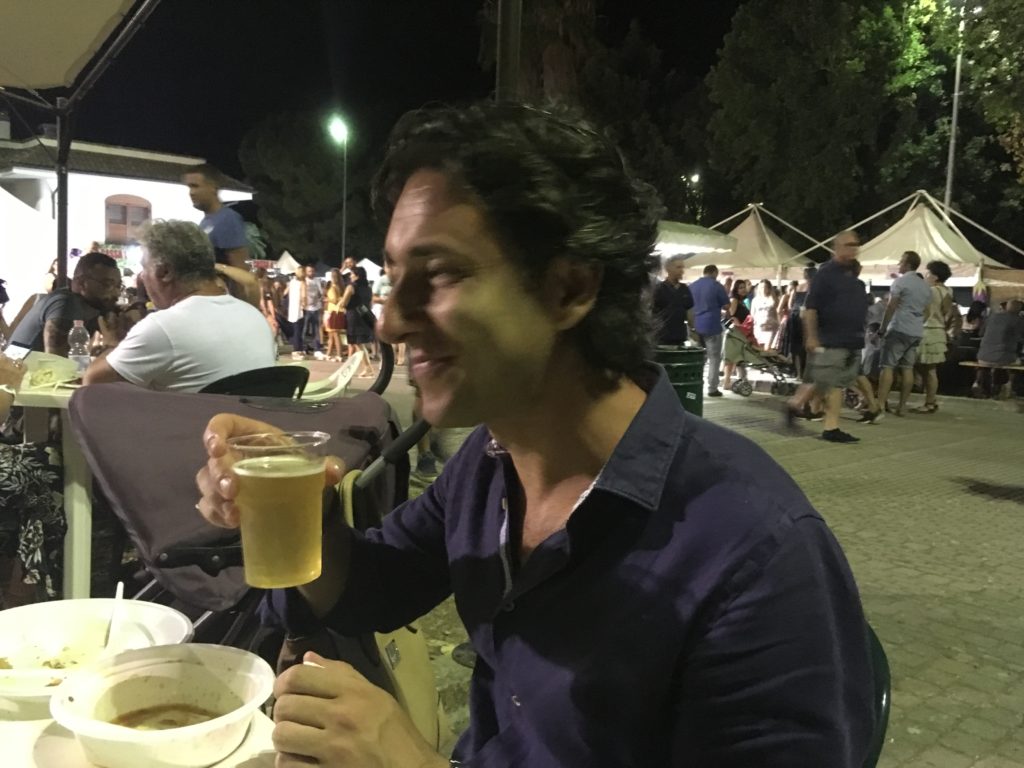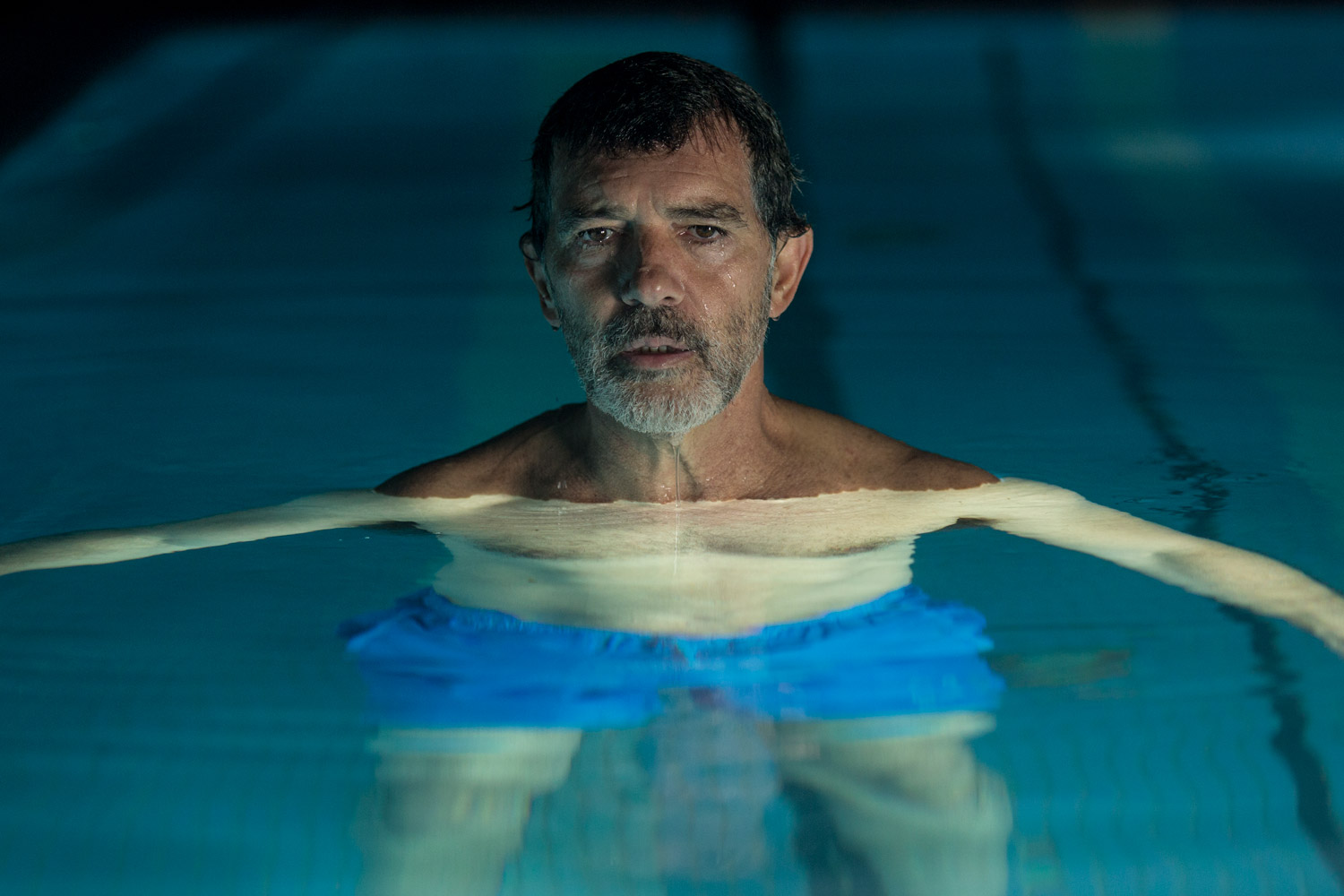Tone poem for large orchestra
~11 min
3.2.2.2 – 4.3.3.1 – timp+4 – str
Perusal score on Issuu
This piece was composed in early 2019 and is based on reminiscences of a trip to Puglia in 2017. It is my contribution to the great line of “Italian Voyage” pieces that include Mendelssohn’s Italian symphony, Berlioz’s Roman Carnival overture, Bizet’s Roma, and Strauss’s Aus Italien.
The pizzica of the title refers to a dance common to the region, a variant of the Neapolitan tarantella. Local folklore offers the same origin for both: a tarantula has “pinched” (“pizzicato“) the dancer on the ankle, who must then engage in a frenzied, whirling dance to rid themself of the poison.
Throughout the summer, bands of pizzica musicians travel from village to village to perform for these festivals which last well into the night. The tradition unites old and young alike, and it’s not uncommon to see young women dancing with their grandfathers, who otherwise might not be able to get up from their chairs.
I wrote this piece for my friend Marcello Cormio, whom I first met in 2008 when we were both conducting grad students at Indiana University. We’ve maintained a close friendship since then and finally in the summer of 2017, I took him up on his offer to visit his home town of Trani in the south of Italy.

In writing the piece, I was influenced not only by the music I heard at the festival, but also the people and stories that I heard while in Italy. I was also in the thrall of several other works from other media that I encountered in the years leading up to my trip, in particular the Neapolitan novels of Elena Ferrante, Call Me By Your Name (both the novel and its adaptation) and the film Gomorrah.
The piece itself is both a dance suite and a character study. It begins with maximum chaos, with all of the themes that will appear later in the movement layered on top of one another. This gives way to a bassoon solo, an angular, bony old man, beset with illness. The dance pulls him into remembrances of his youth, and we get a flashback of him as a sprightly young man.
The next dance is a feisty episode for solo violin, a character who reflects and is repelled by the culture of violence of the region (think Lila in My Brilliant Friend.) Here, and throughout the piece, the orchestration is reminiscent of Rimsky-Korsakov.
The third character piece is one of those “Tony sees Maria” moments on the dance floor, where two characters connect and the rest of the scene is greased out. This episode nods strongly to Mendelssohn in the woodwind writing.
As you would expect, the themes of all these characters unite in the end (along with a “summer breeze” theme that appears in all of the episodes) and builds to a frenzied finale, complete with shouts from the orchestra members.
